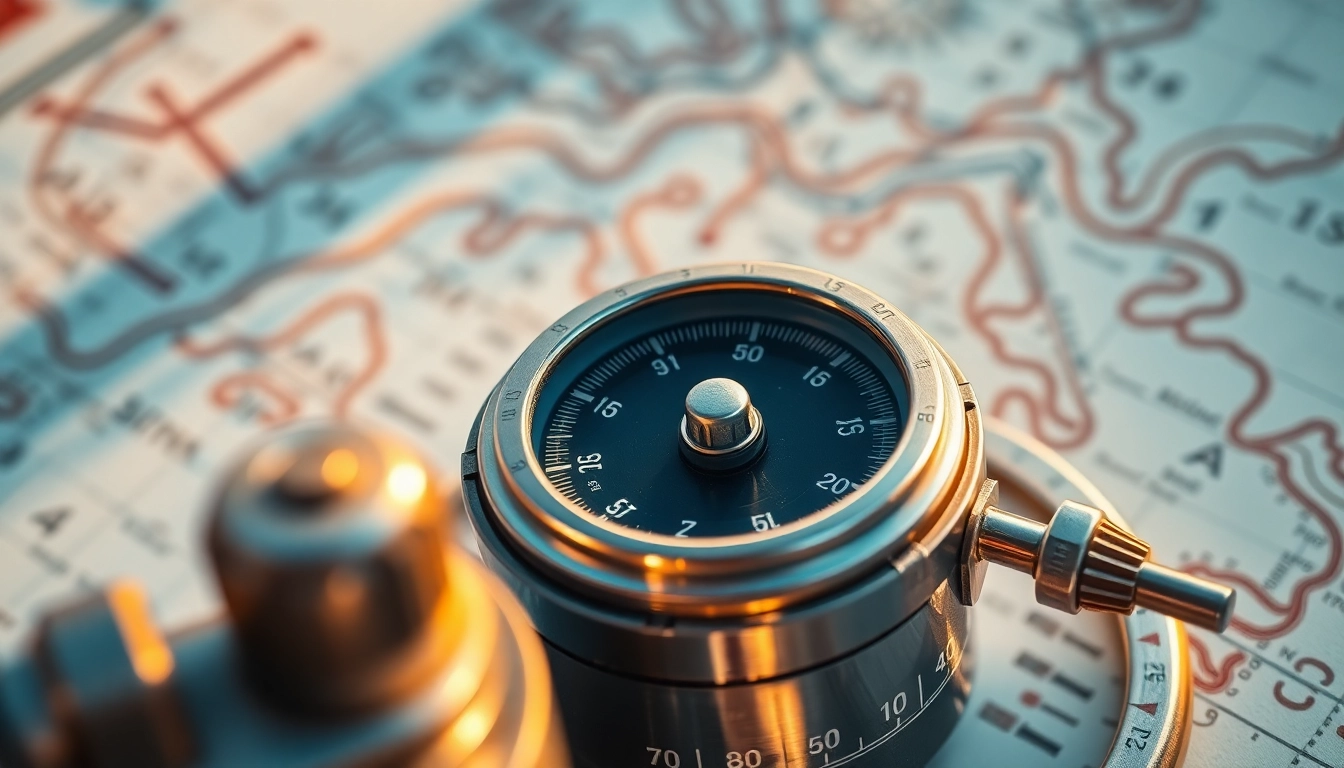Introduction to Boat Stearing and Navigation
Effective Boots Versegelung is fundamental for ensuring safe, accurate, and efficient navigation when sailing or motoring on water. Whether you’re a seasoned mariner or an enthusiastic beginner, understanding the principles and techniques behind steering a boat correctly can significantly enhance your seafaring experience. This comprehensive guide explores the core concepts of boat steering, the essential equipment, and practical methods to achieve precise navigation, all tailored to help you master this vital skill.
Fundamentals of Boat Steering: A Guide for Beginners
What is Boat Stearing and Why is it Essential?
Boat stearing, or versegelung, involves controlling a vessel’s direction using various mechanisms such as the rudder, tiller, or steering wheel. Precise steering is crucial to maintaining a set course, avoiding hazards, and reaching destinations safely. Proper steering ensures optimal handling, fuel efficiency, and safety in diverse conditions, from calm lakes to turbulent open seas.
The Scientific Principles Behind Boat Stearing
At its core, boat steering relies on fundamental physics principles: the application of force to change the vessel’s direction, and the principles of hydrodynamics. The rudder acts as a control surface that, when turned, deflects water flow to produce a turning force. Effective steering balances factors like water resistance, vessel momentum, and wind influence. Mastery of these principles is essential for accurate navigation.
Common Challenges in Boat Stearing
Navigation is often complicated by environmental factors such as currents, wind, and waves, which can push the vessel off course. Mechanical issues, improper calibration of instruments, or operator inexperience can also cause inaccuracies. Recognizing these challenges and knowing how to counteract them is vital for maintaining steady and correct steering.
Selecting the Right Equipment for Optimal Steering
Essential Navigational Instruments and Tools
Reliable navigation begins with choosing high-quality instruments like compasses, GPS units, depth sounders, and position-finding tools. Modern electronics can significantly enhance precision, but traditional tools remain indispensable, especially in case of electronic failure. For example, a well-maintained compass is essential for course fixing and back-up navigation.
Technological Support and Modern Devices
Integrating technological devices such as electronic chart plotters, autopilots, and digital compasses can improve accuracy and reduce operator workload. Tools like the Power Sealer and Snow Foam Gun are essential for vessel maintenance, ensuring equipment is protected and functioning optimally. Advanced systems provide real-time data, aiding in precise course adjustments.
Maintenance and Calibration of Equipment
Regular maintenance and calibration ensure accuracy of navigational tools. For example, GPS devices should be periodically updated, and compasses need alignment checks. Proper care extends equipment lifespan and ensures dependable data, reducing the risk of navigational errors.
Steps for Precise Boat Stearing
How to Properly Read a Standline
Standline reading involves fixing the boat’s position relative to a known object, such as a buoy or landmark. This process requires accurate angle measurement, typically done with a compass or electronic system. Ensuring that the instrument is correctly calibrated is key to reliable readings.
Methods of Angle Measurement at Sea
Common techniques include visual bearing estimation, using a compass, or utilizing advanced electronic devices. Techniques such as triangulation with multiple landmarks help in verifying position and correcting course deviations. Implementing these methods correctly reduces navigation errors significantly.
Avoiding Errors and Ensuring Accuracy
Errors often stem from instrument misalignment, environmental interference, or human mistake. Regular calibration, cross-checking with multiple sources, and awareness of environmental conditions are essential strategies. For instance, magnetic interference from nearby metal structures can distort compass readings, so awareness and compensation are necessary.
Best Practices and Tips for Experienced Navigators
Integrative Navigation Techniques
Combining different navigation methods—visual, electronic, and celestial—enhances reliability. Integrating GPS data with traditional peilungs (bearings) and dead reckoning offers a comprehensive approach for maintaining course accuracy, especially in challenging conditions.
Documenting and Analyzing Course Data
Meticulous record-keeping of course changes, weather, and navigational readings enables performance assessment. Analyzing these data points over time helps in refining techniques and understanding environmental influences, leading to safer, more precise steering.
Comparison of Different Peilungsmethoden
Visual peilung offers quick, on-the-spot course corrections but can be affected by visibility conditions. Electronic methods provide high precision but require maintenance and power. Combining both ensures robustness in navigation strategies.
Measuring and Improving Boat Steering Performance
Evaluating Navigation Results
Post-navigation analysis should identify discrepancies between intended and actual courses. This evaluation helps in addressing sources of error and in enhancing technique. Using standard metrics like deviation in degrees and time to correct course are valuable indicators.
Technical Updates and Further Education
Keeping abreast of technological advancements such as GPS upgrades or new sensor systems is crucial. Participating in training sessions and maritime courses sharpens skills, ensuring up-to-date knowledge and safer navigation practices.
Case Studies of Successful Boat Steering
Real-world examples, such as navigating challenging currents with integrated electronic and visual navigation methods, demonstrate the importance of thorough preparation and equipment maintenance. These case studies serve as templates for best practices in complex scenarios.



